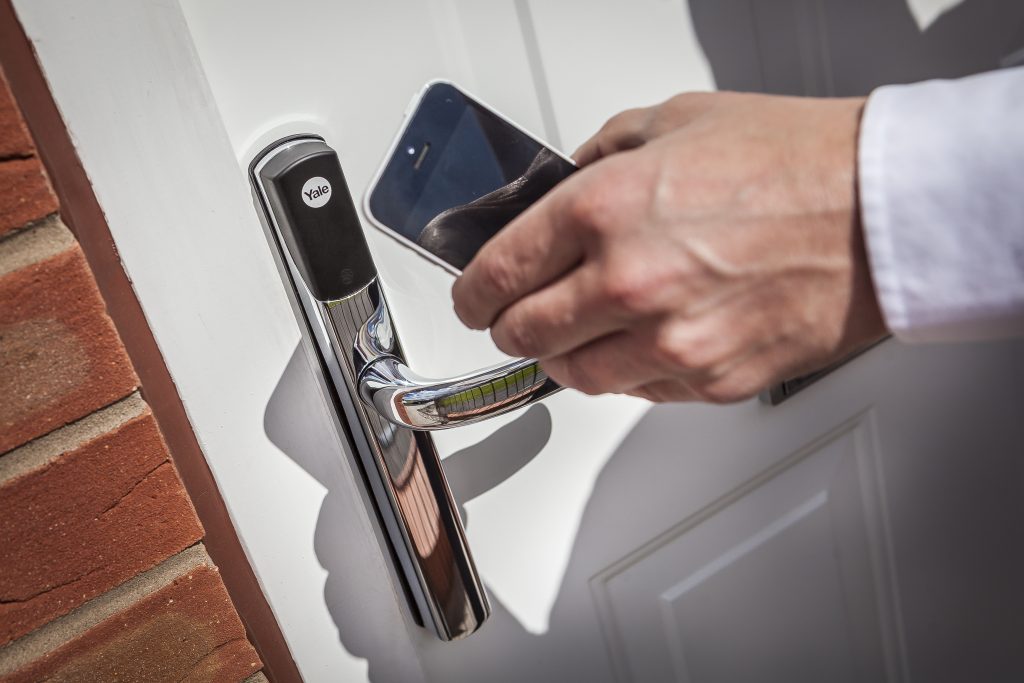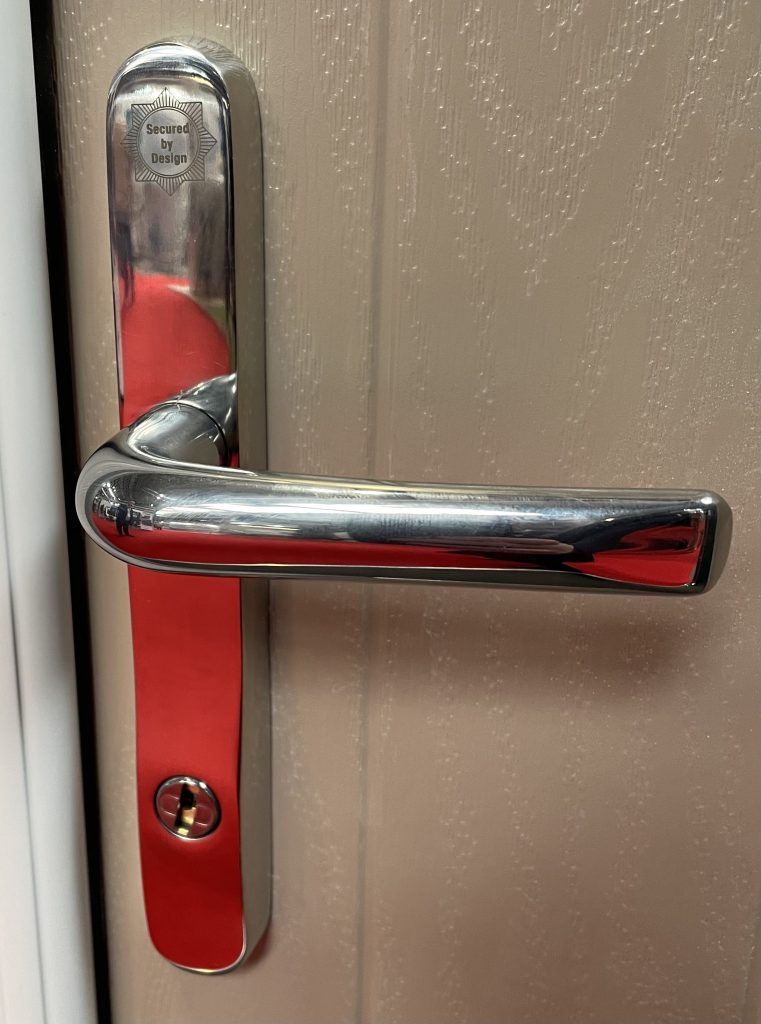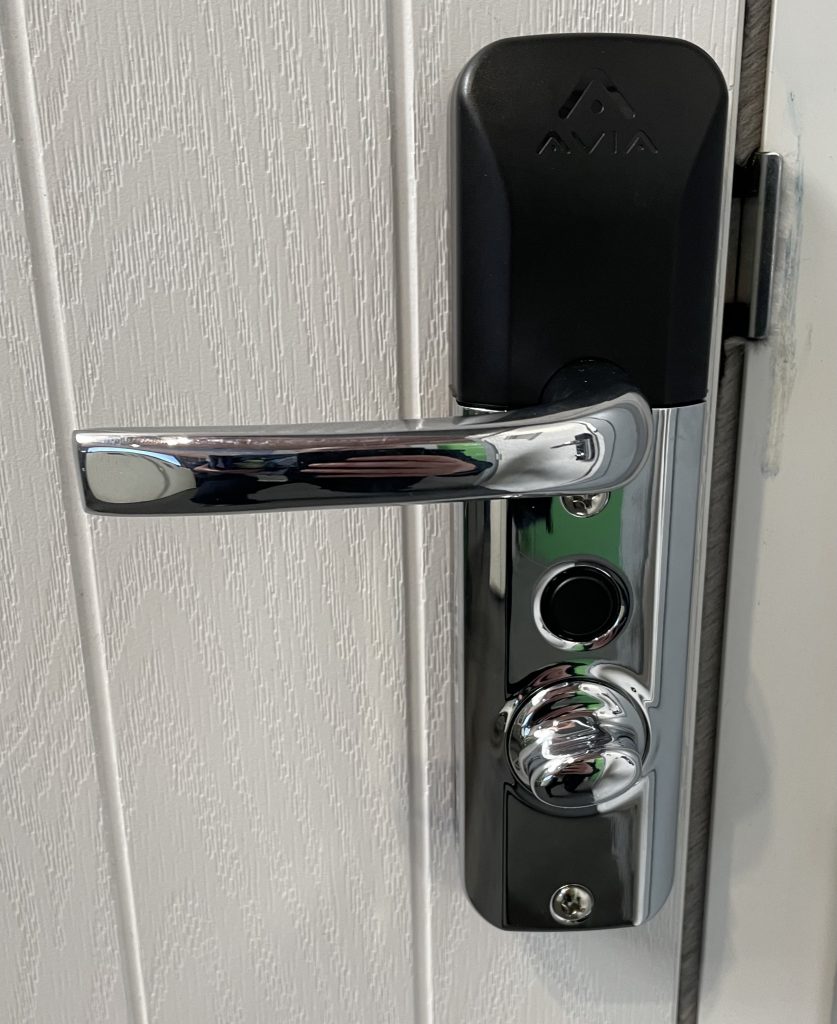The Product Security and Telecommunications Infrastructure Act 2022 has been enacted into law and the government have now announced that companies have a period of a year to implement the changes put forth in the legislation, with compliance required by 29th April 2024.
This law applies to all consumer IoT products, including but not limited to:
- connected safety-relevant products such as door locks
- connected home automation and alarm systems
- Internet of Things base stations and hubs to which multiple devices connect
- smart home assistants
- smartphones
- smoke detectors
- connected cameras
- connected fridges, washers, freezers, coffee machines
However, with April 2024 getting ever closer, what will happen to companies whose IoT connected products are not compliant with the new law?
Secured by Design’s resident IoT expert Michelle Kradolfer explains:
“Currently the adoption of cyber security requirements within these products is poor – only 1 in 5 manufacturers embed basic security requirements in consumer connectable products, although consumers overwhelmingly assume these products are secure. Indeed many IoT products are still produced with a default password either commonly used (such as password) or easily obtainable online. Hackers know and regularly exploit this vulnerability.
“In 2021 Which? undertook a study to look at how a smart home could be at risk from hackers, setting up their own smart home. This detected more than 12,000 scanning or hacking attempts in a single week. Without the appropriate levels of security, any internet connected device or app is at risk of being readable, recognisable, locatable, and/or controllable via the internet, thus providing cyber criminals with the ‘key’ in accessing and stealing personal data. This can then be used for a multitude of criminal purposes, including burglary, theft, blackmail, harassment and stalking.”
What does the legislation require?
The Product Security and Telecommunications Infrastructure legislation covers the following three main security features:
- Consumer IoT devices will not be allowed to have universal default passwords
This makes it easier for consumers to configure their devices securely to prevent them being hacked by cyber criminals - Consumer IoT devices will have to have a vulnerability disclosure policy
This means manufacturers must have a plan for how to deal with weaknesses in software which means it’s more likely that such weaknesses will be addressed properly - Consumer IoT devices will need to disclose how long they will receive software updates
This means that software updates are created and released to maintain the security of the device throughout its declared lifespan
What do I need to do?
These minimum security requirements contained within the law are based on the UK’s Code of Practice for Consumer IoT security, the leading global standard for consumer IoT security ETSI EN 303 645, and on advice from the UK’s technical authority for cyber threats, the National Cyber Security Centre.
The regime will also ensure other businesses in the supply chains of these products play their role in preventing insecure consumer products from being sold to UK consumers and businesses.
What are the penalties for not complying with the legislation?
This enforcement regime enables the government to take a range of actions against companies that are not compliant with the law by 29th April 2024. This includes:
- Enforcement Notices: compliance notices, stop notices and recall notices
- Monetary penalties: the greater of £10 million or 4% of the company’s qualifying worldwide revenue
- Forfeiture: of stock which is in the possession or control of any manufacturer, importer or distributor of the products, or an authorised representative
How can SBD’s Secure Connected Device accreditation help with compliance?
Secured by Design’s (SBD) Secure Connected Device accreditation scheme, developed in consultation with the Department for Science, Innovation and Technology (DSIT), helps companies to get their products appropriately assessed against all 13 provisions of the ETSI EN 303 645 standard, a requirement that goes beyond the Government’s legislation so that companies can not only demonstrate their compliance with the legislation but help protect themselves, their products and customers.
The Secure Connected Device accreditation is the only way for companies to obtain police recognition for the security of their IoT products in the UK.
Find out more on SBD’s Secure Connected Device accreditation and the companies who have achieved it to date at www.securedbydesign.com/IoT



